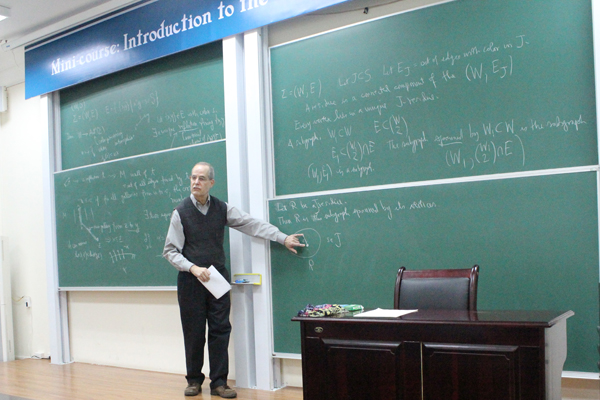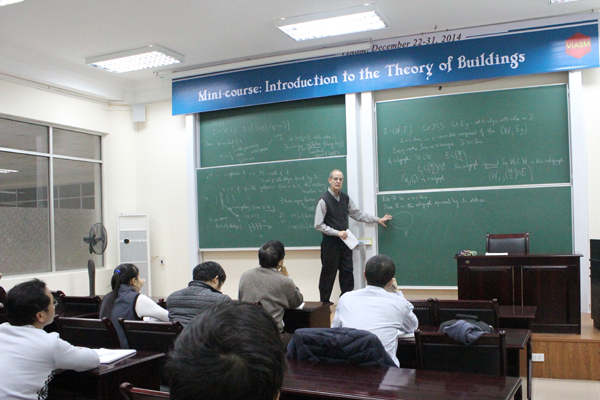The theory of buildings studies certain geometric structures, having at the same time certain combinatorial structures, which was discovered and developped by a distingusihed french mathematician Jacques Tits during the late 50′s of the last century which aimed at unifying the exisisting theories in the classification of Lie groups. Initially, based on the combinatiorial theory provided by the classical projective geometry, Jacques Tits introduced the notion of “building”, and together with it, the associated “apartments”, “flat”, “wall”,… which can be totally described in terms of graph theory. Starting from there, one can obtain a classification of Lie or algebraic simple groups in a unified manner and this can be also applied to get the classification of other combinatorial objects like Moufang polygons. The theory of building has a lot of important applications in many problems related with the arithmetic and representation theory of algebraic groups over local fields, and one of the related hot topics is the local Langlands conjecture.

One may say that the theory of buildings andf related theories are among the greatest achievement of mathematics of the 20 century, and thanks to this, Jacques Tits and John Thompson (Fields medalist, 1970), have been awarded the prestigeous Abel Prize in 2008.

The lecturer was Professor R. Weiss from Tuffts University. He is currently holding the William Walker Professor Chair and is among the leading specialists in the field, and he is also among the rare collaborators with Jacques Tits.
Though the number of participants was not large due to the difficulty of the subject, all those who attended can feel clearly the main features of this beautiful theory.

